‘London Tube Stations 1924-1961’ charts Charles Holden’s impact on the Underground
‘London Tube Stations 1924-1961’ is a new monograph published by Fuel, on the work of Charles Holden and Frank Pick, who reshaped the graphic identity and spatial perception of the London Underground
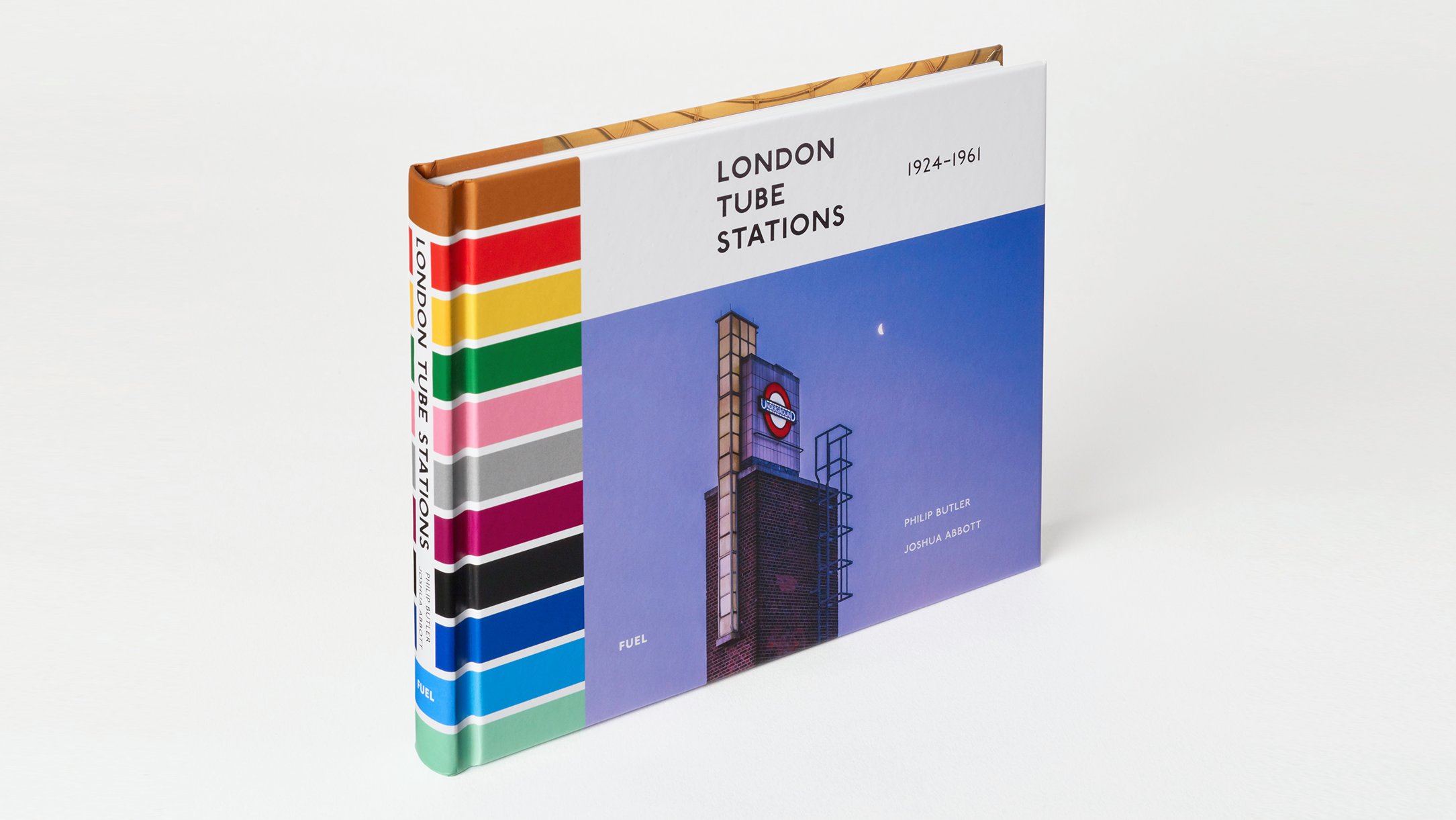
From the 1920s to the 1960s, London Underground led the world in industrial design, branding, architectural coherence and, last but not least, threading an efficient urban mass transit system beneath an ancient, disjointed and geographically diverse city.
‘London Tube Stations 1924-1961’
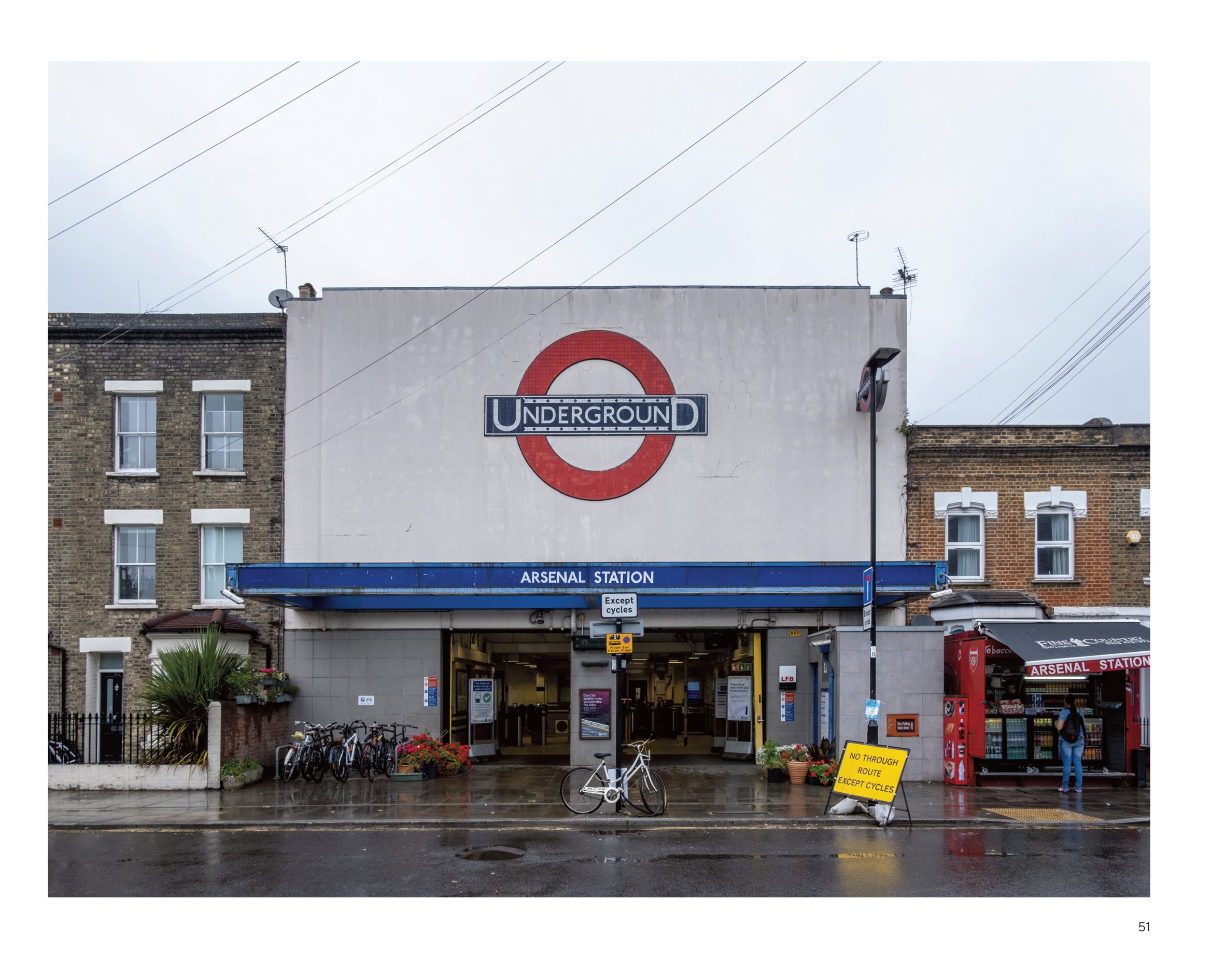
Charles Holden, Arsenal (Highbury Hill) Station, opened October 1932
London Tube Stations 1924-1961 is a visual chronicle of these years, focusing on the remarkable output and legacy of architect Charles Henry Holden. From Arts and Crafts-influenced beginnings, through to experience of designing severe and reverential war memorials, Holden was a gifted architect. In 1923 he met Frank Pick, who had worked his way up from a publicity officer at the Underground Electric Railways Company of London (UERL) to managing director.
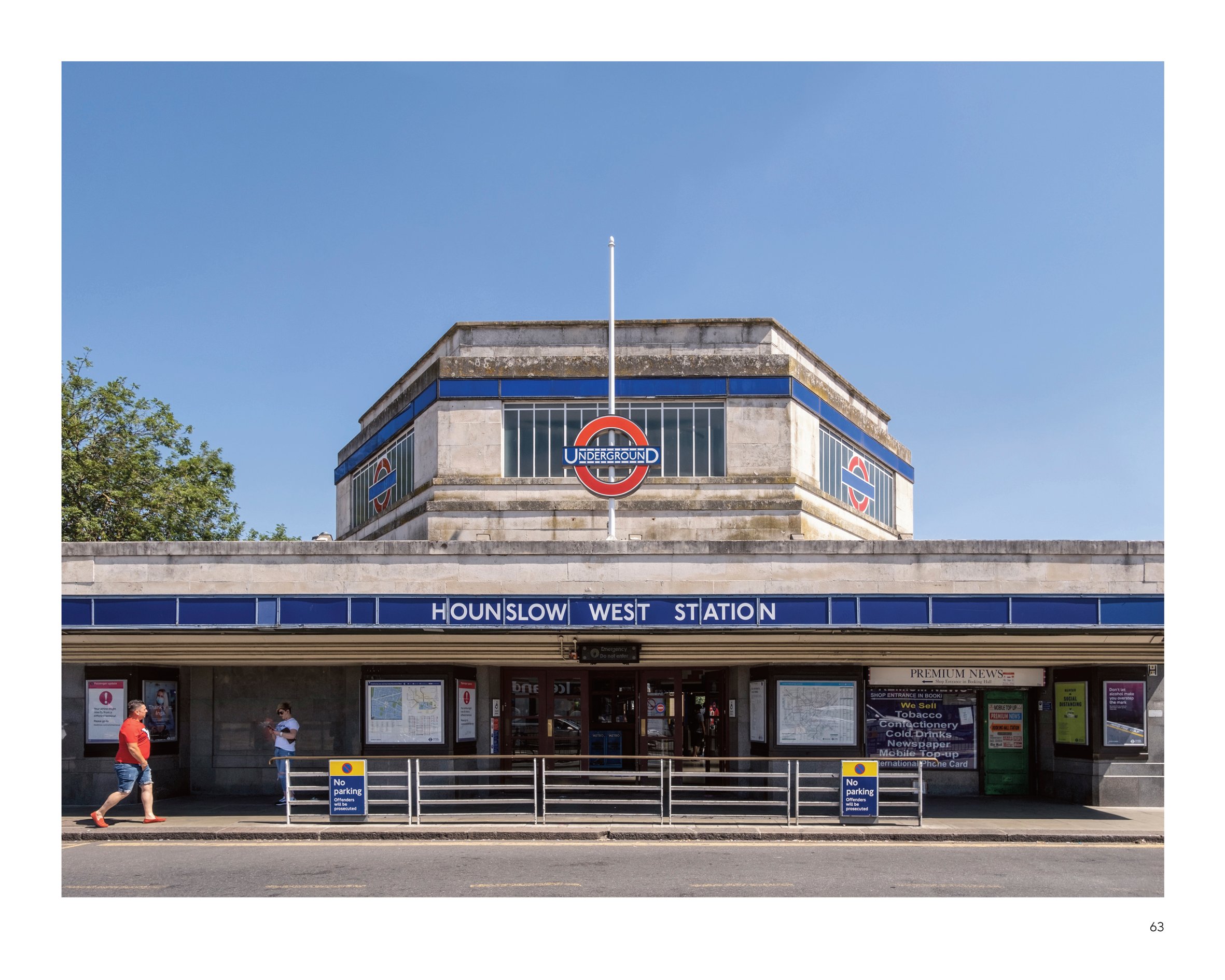
Charles Holden, Hounslow West Station, opened July 1931
Pick was a firm believer in the power of image and advertising. Under his watch, UERL became London Underground, together with its famous roundel symbol, with a bespoke typeface commissioned from Edward Johnston, and, in 1931, Harry Beck’s iconic tube map.
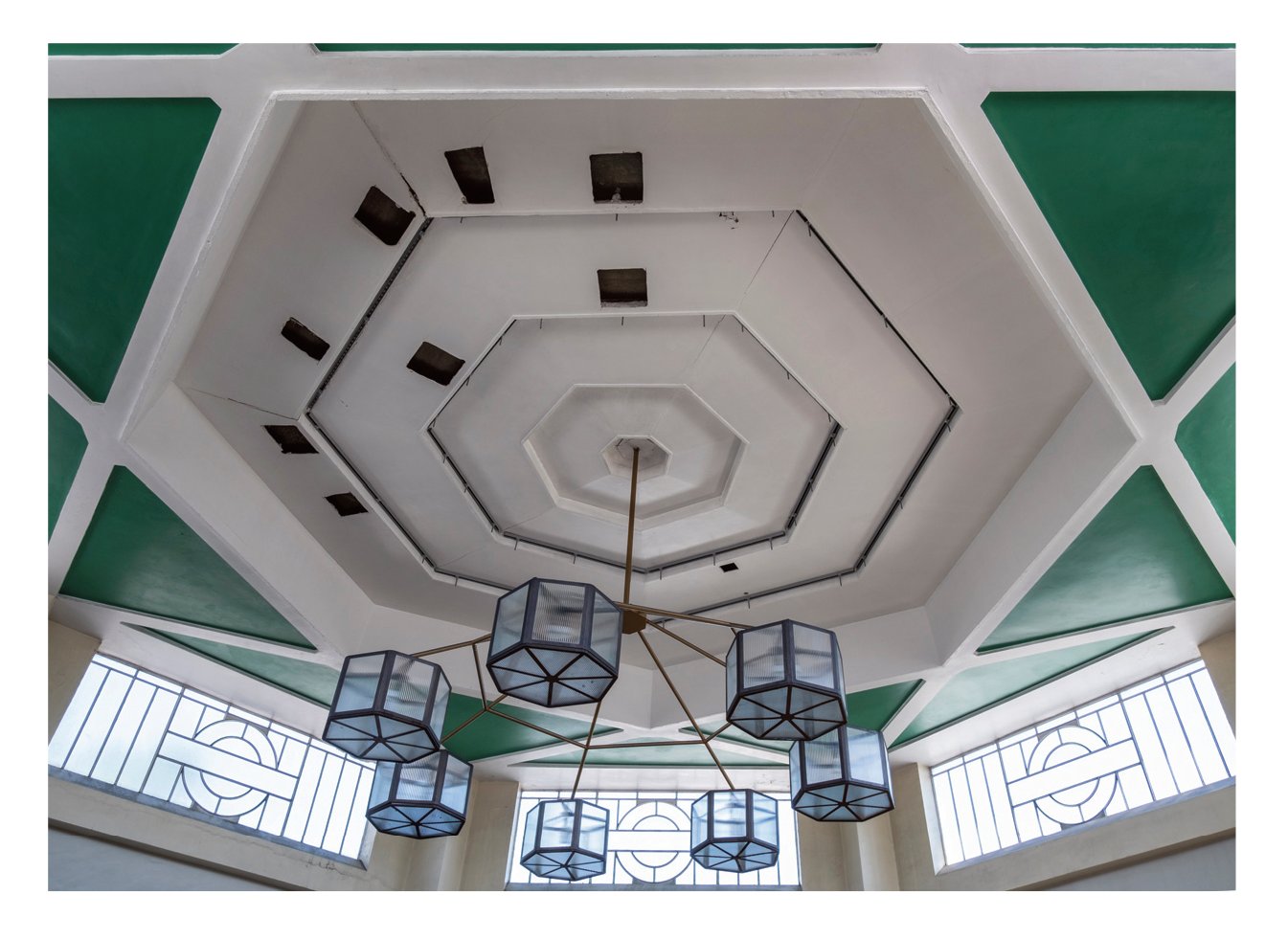
Charles Holden, Hounslow West Station. The heptagonal ticket hall and original bronze chandelier
Holden and Pick’s collaboration was a fertile meeting of minds. Extensions to the Northern Line and Piccadilly Line required new stations, often standalone structures that had to advertise their presence far and wide in the midst of shiny new suburbs, as well as provide interchange with buses. Holden’s designs synthesised the clean lines and expressive forms of the nascent Modern Movement with the English vernacular tradition. The two men even toured northern Europe in 1930 to explore the Bauhaus-era aesthetic for themselves.
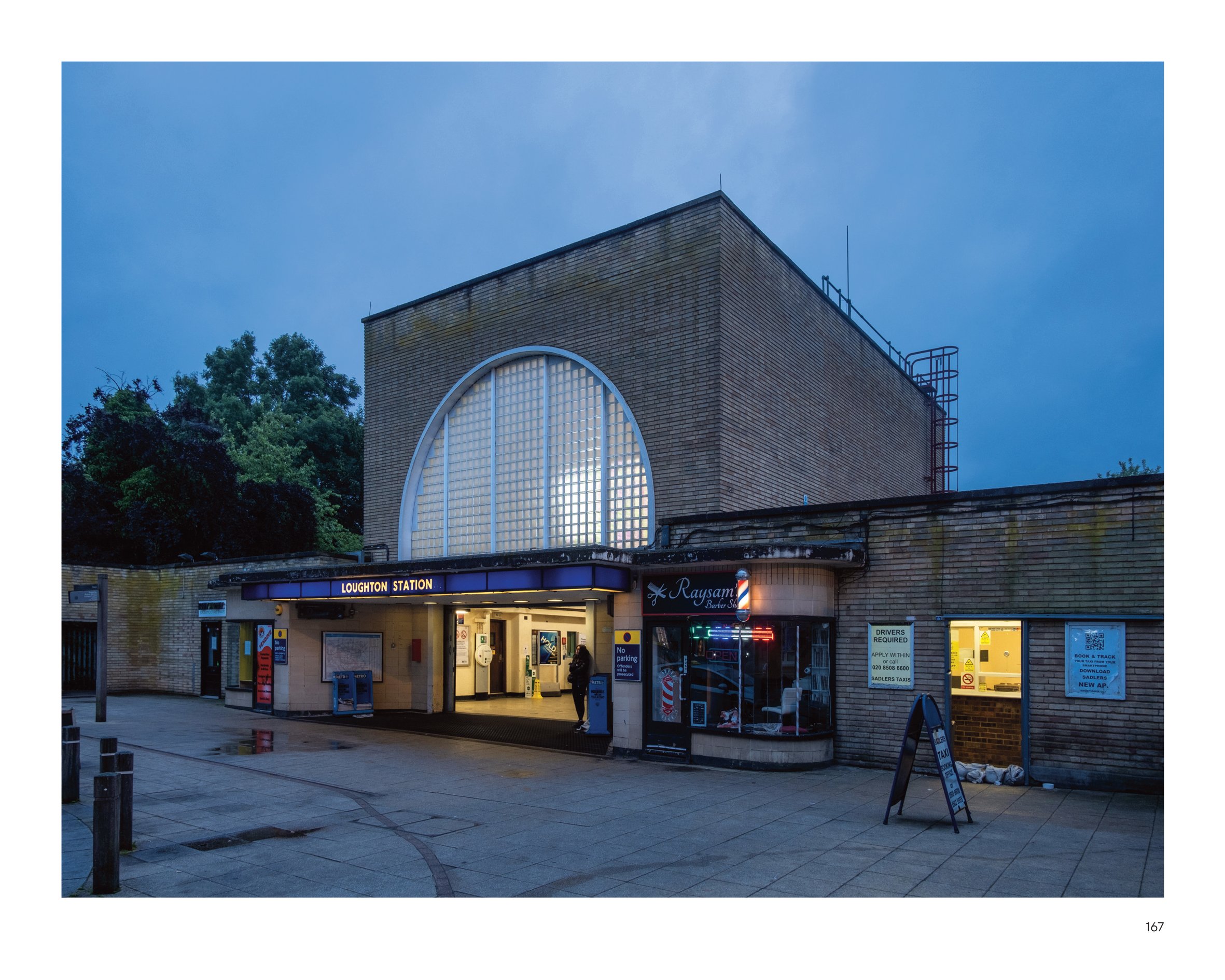
John Easton Murray of Stanley Hall, Easton & Robertson, Loughton Station, 1940
True to the spirit of design evangelism, Pick described the process of station building as akin to the long-drawn-out construction of a cathedral, or ‘Medieval Modernism’. The stations have certainly endured, along with the designs inspired by Holden. This monograph, written by Joshua Abbott with new photography by Philip Butler, alongside archive images, chronicles a collaboration that still defines London’s contemporary streetscape.
London Tube Stations 1924-1961, Philip Butler and Joshua Abbott, FUEL publishers, £24.95, Fuel-Design.com
Also available from waterstones.com and amazon.co.uk
Wallpaper* Newsletter
Receive our daily digest of inspiration, escapism and design stories from around the world direct to your inbox.
Jonathan Bell has written for Wallpaper* magazine since 1999, covering everything from architecture and transport design to books, tech and graphic design. He is now the magazine’s Transport and Technology Editor. Jonathan has written and edited 15 books, including Concept Car Design, 21st Century House, and The New Modern House. He is also the host of Wallpaper’s first podcast.
-
 ‘Humour is foundational’: artist Ella Kruglyanskaya on painting as a ‘highly questionable’ pursuit
‘Humour is foundational’: artist Ella Kruglyanskaya on painting as a ‘highly questionable’ pursuitElla Kruglyanskaya’s exhibition, ‘Shadows’ at Thomas Dane Gallery, is the first in a series of three this year, with openings in Basel and New York to follow
By Hannah Silver
-
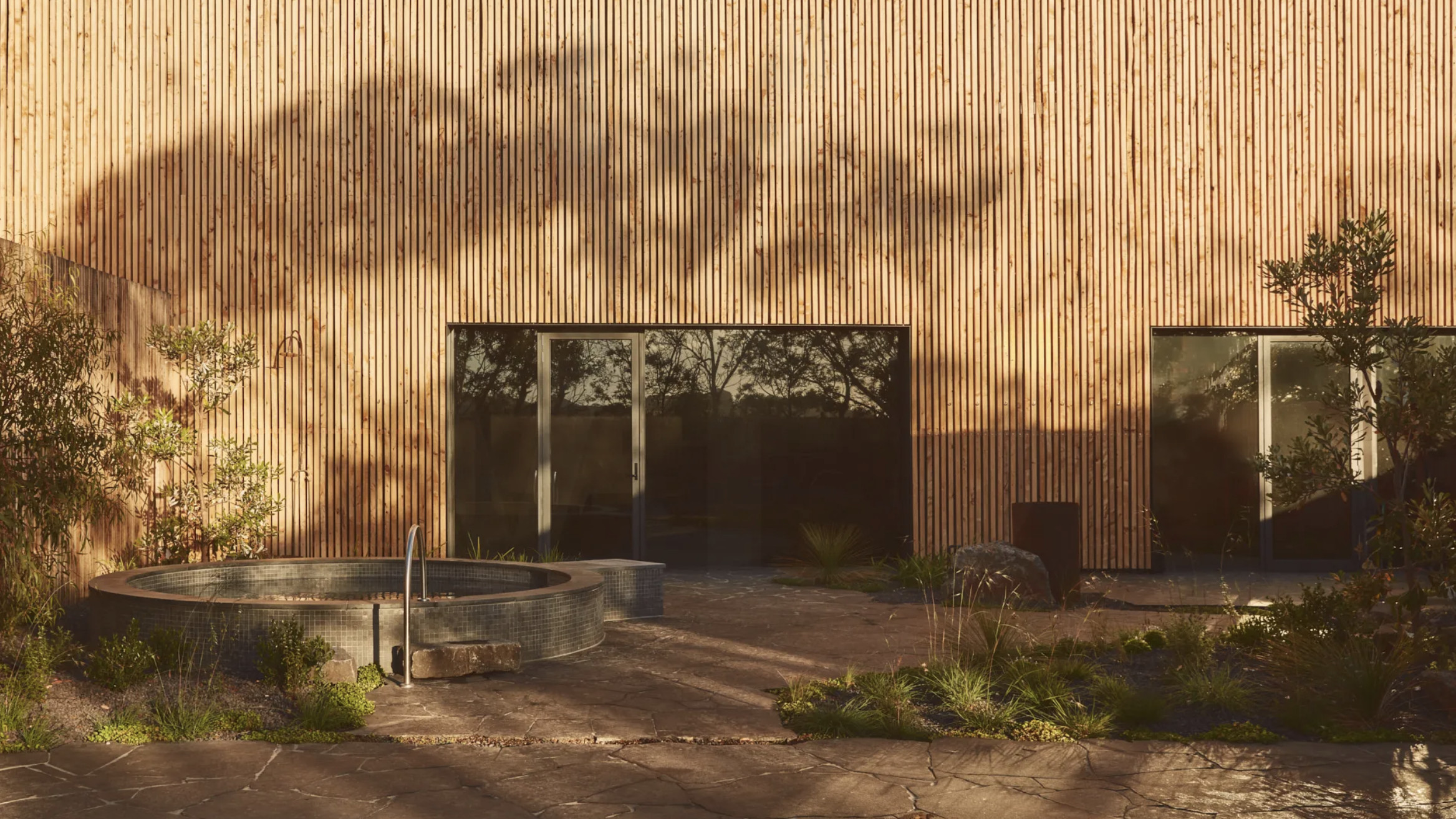 Australian bathhouse ‘About Time’ bridges softness and brutalism
Australian bathhouse ‘About Time’ bridges softness and brutalism‘About Time’, an Australian bathhouse designed by Goss Studio, balances brutalist architecture and the softness of natural patina in a Japanese-inspired wellness hub
By Ellie Stathaki
-
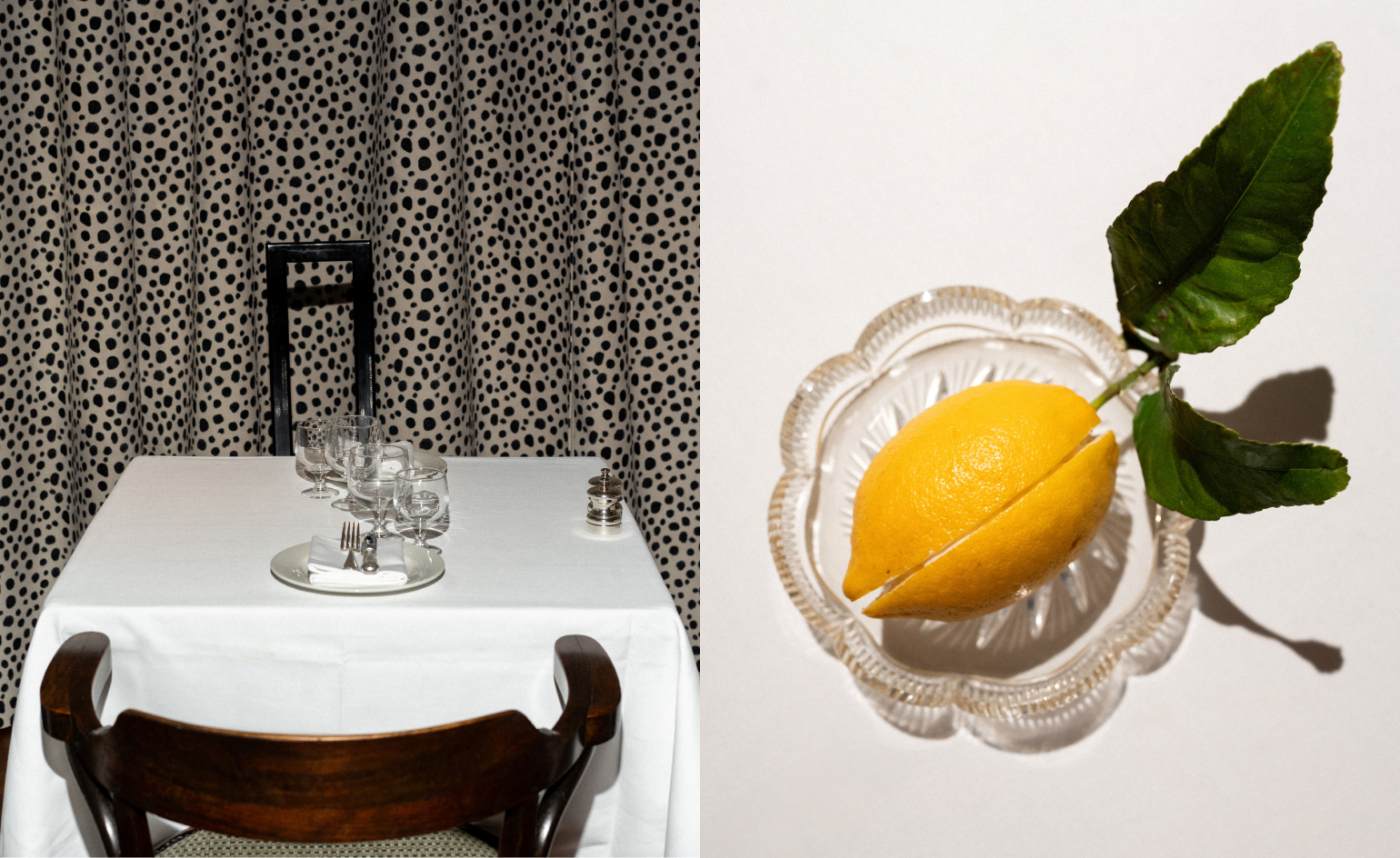 Marylebone restaurant Nina turns up the volume on Italian dining
Marylebone restaurant Nina turns up the volume on Italian diningAt Nina, don’t expect a view of the Amalfi Coast. Do expect pasta, leopard print and industrial chic
By Sofia de la Cruz
-
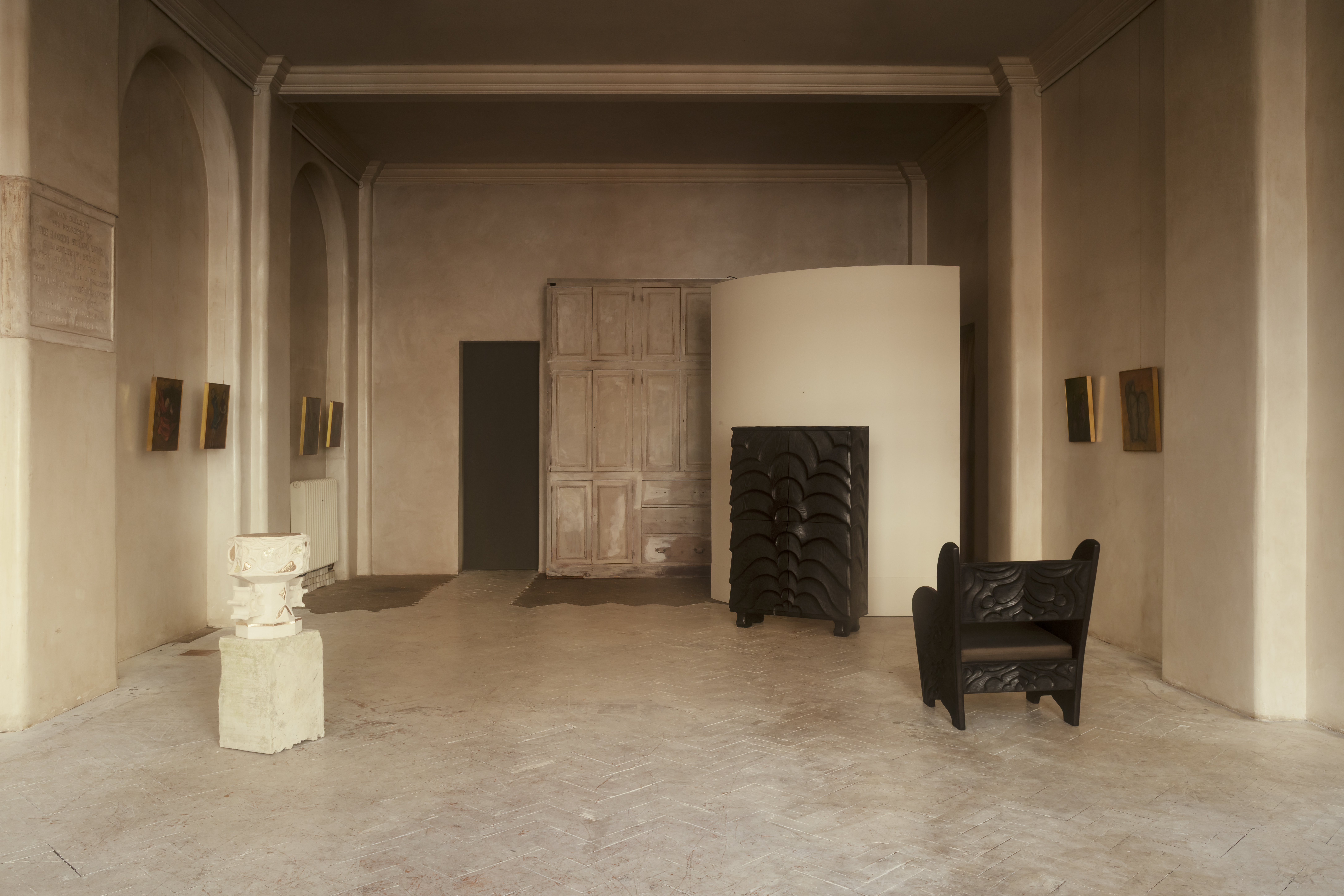 A new London show explores material magic with medieval melancholy
A new London show explores material magic with medieval melancholyInspired by deconsecrated monasteries, interior designer and curator Jermaine Gallacher takes us on a journey through time and mood in a London exhibition at The Ragged School
By Billie Muraben
-
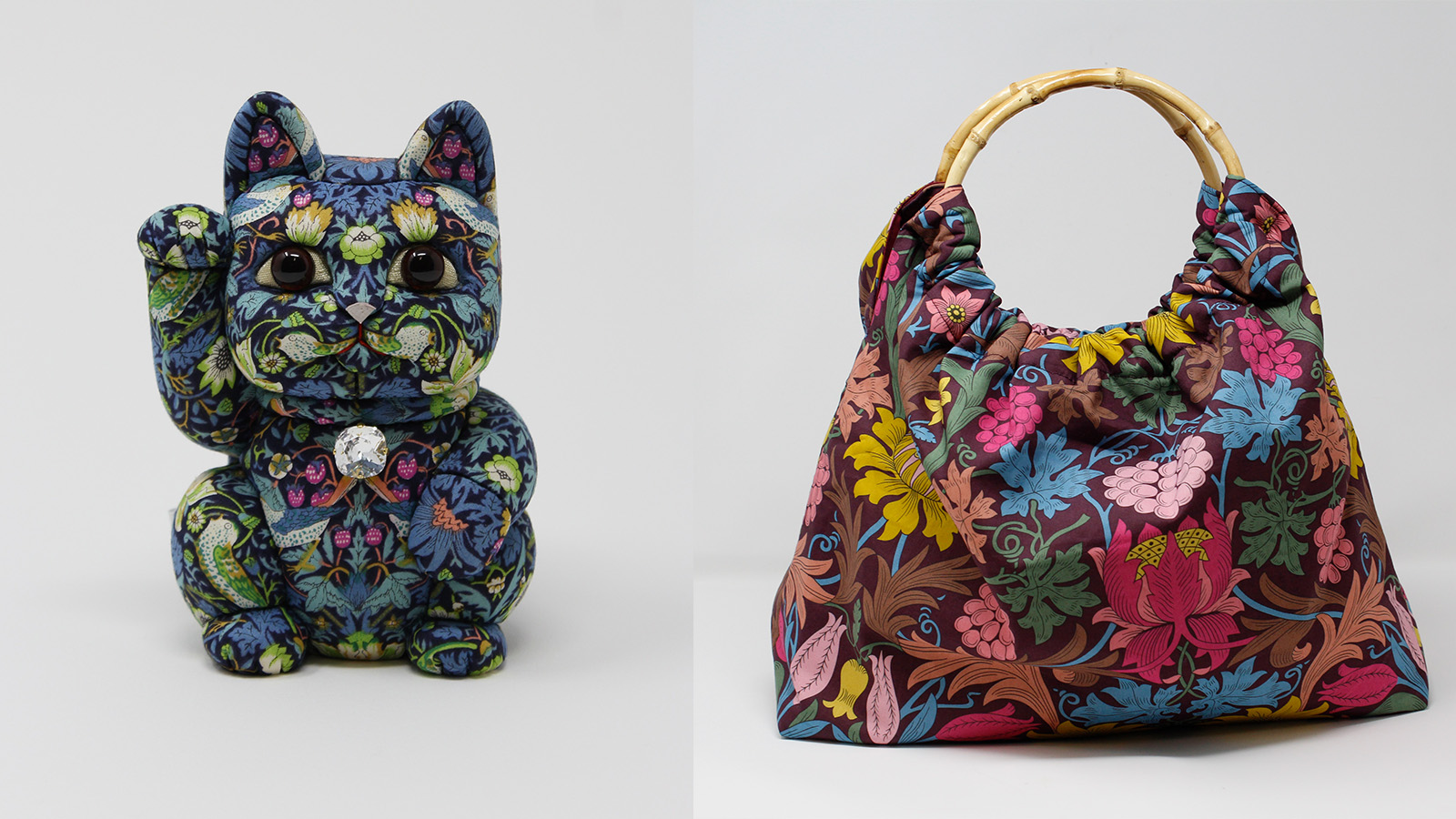 William Morris mania meets the design industry’s darker side in a new London show
William Morris mania meets the design industry’s darker side in a new London show‘Morris Mania’ at the William Morris Gallery explores the British designer’s complicated legacy in an ever-more commodified world
By Tianna Williams
-
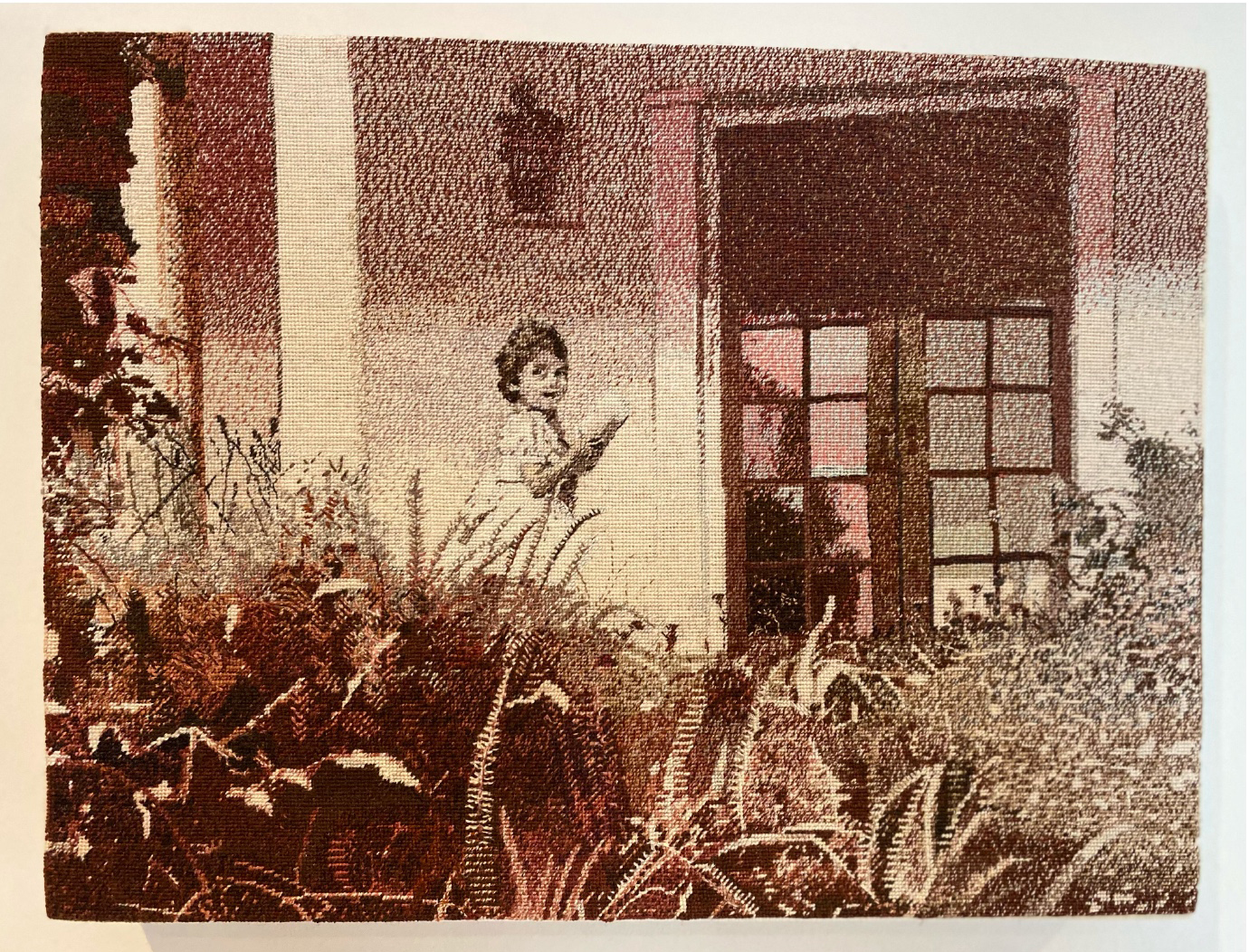 Wallpaper* takes a turn around Somerset House for Collect 2025
Wallpaper* takes a turn around Somerset House for Collect 2025Our round-up of the highlights from the 21st edition of the collectible craft and design fair in London
By Malaika Byng
-
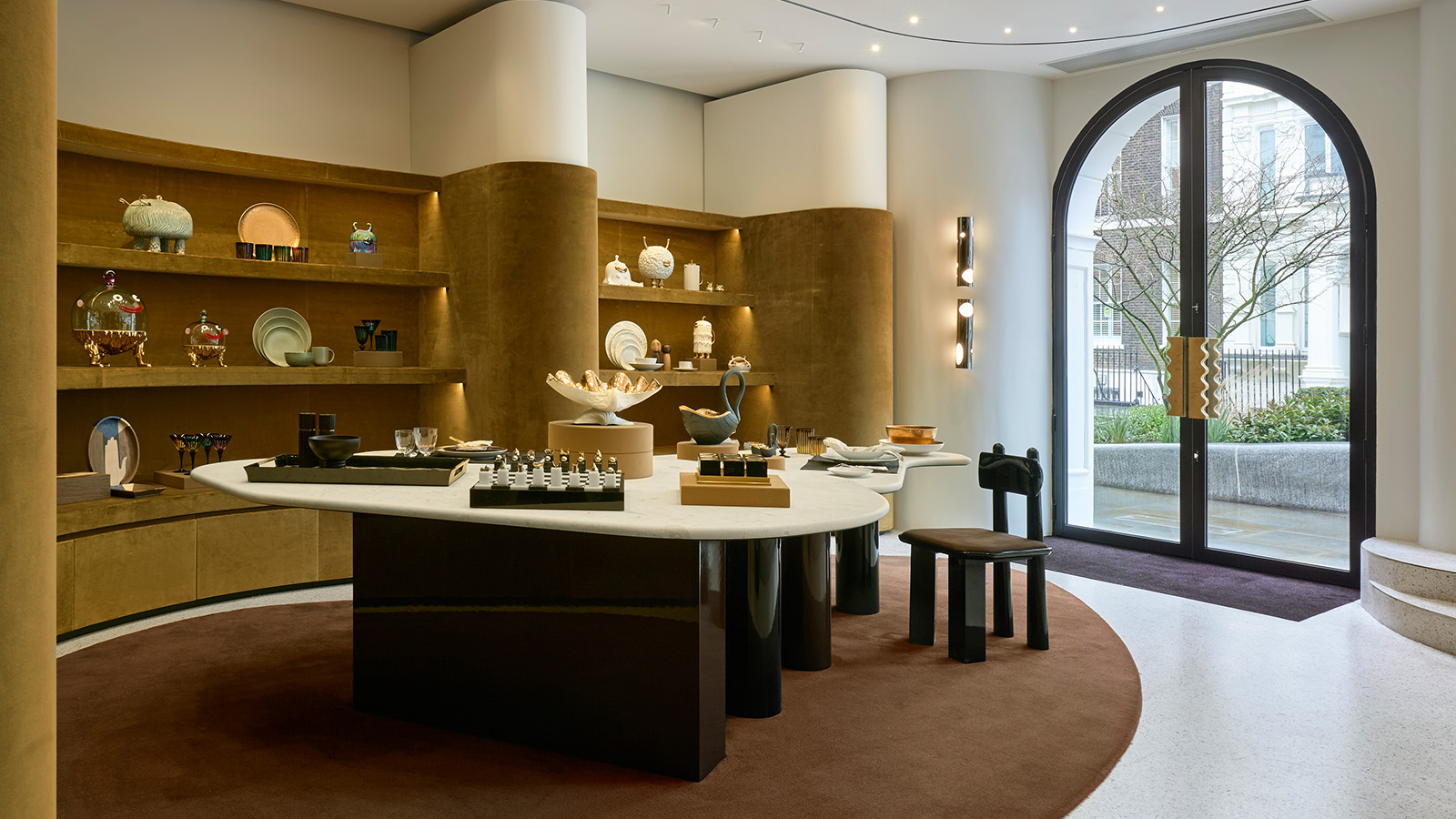 ‘It’s a museum-like jewel box’: L’Objet marks 20 years of elegant design with a new London flagship
‘It’s a museum-like jewel box’: L’Objet marks 20 years of elegant design with a new London flagshipOpening on 12 March 2025, L’Objet’s new London boutique is rich in chocolate colours and velvet detailing
By Tianna Williams
-
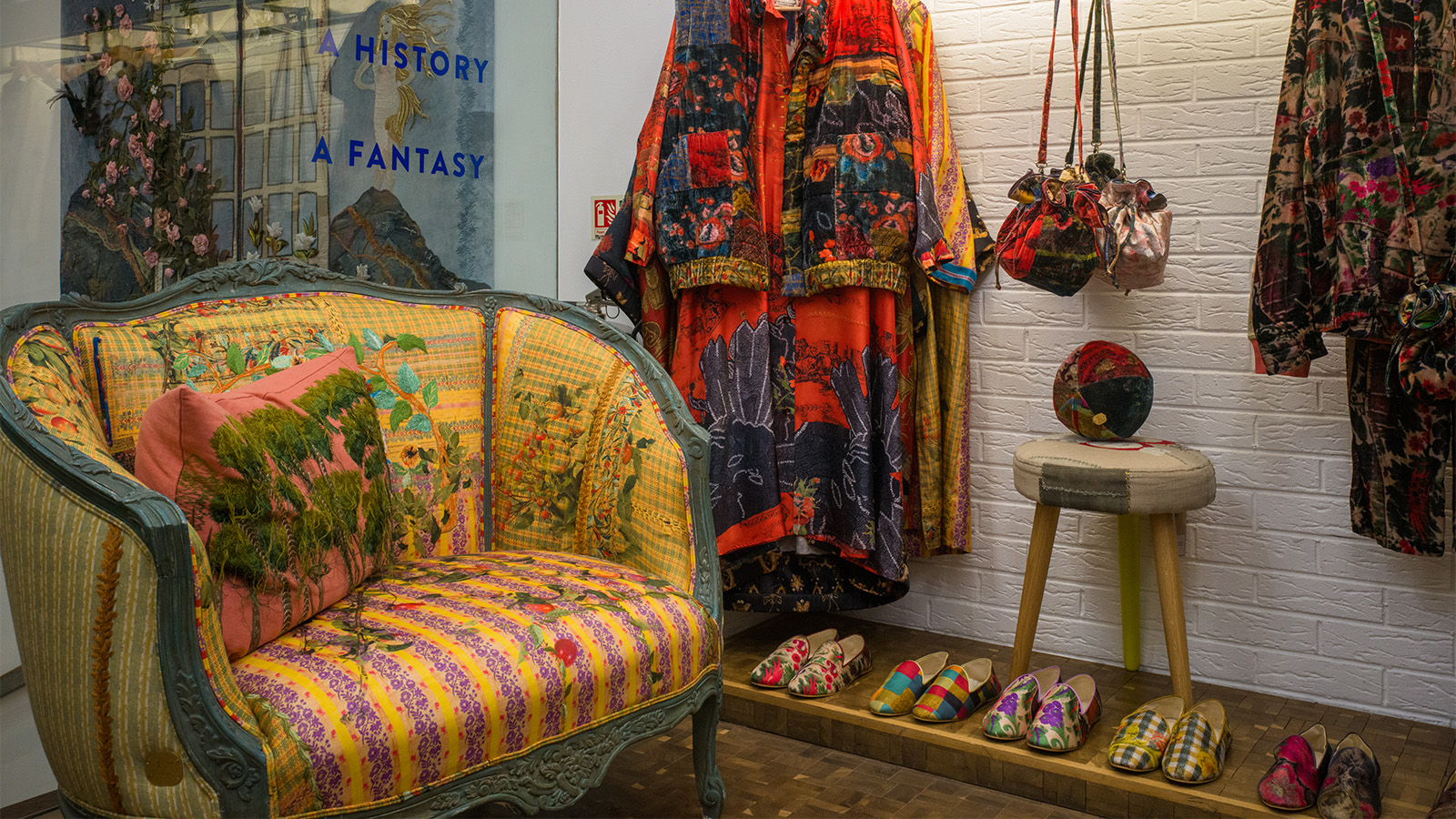 This Beirut design collective threads untold stories into upholstered antique furniture
This Beirut design collective threads untold stories into upholstered antique furnitureBeirut-based Bokja opens a Notting Hill pop-up that's a temple to textiles, from upholstered furniture to embroidered cushions crafted by artisans (until 25 March 2025)
By Tianna Williams
-
 'A creative explosion' in the West End: Sarabande Foundation takes residency at Selfridges
'A creative explosion' in the West End: Sarabande Foundation takes residency at SelfridgesSarabande Foundation's ‘House of Bandits’ takes up residence with gusto in Selfridges for nine weeks
By Hugo Macdonald
-
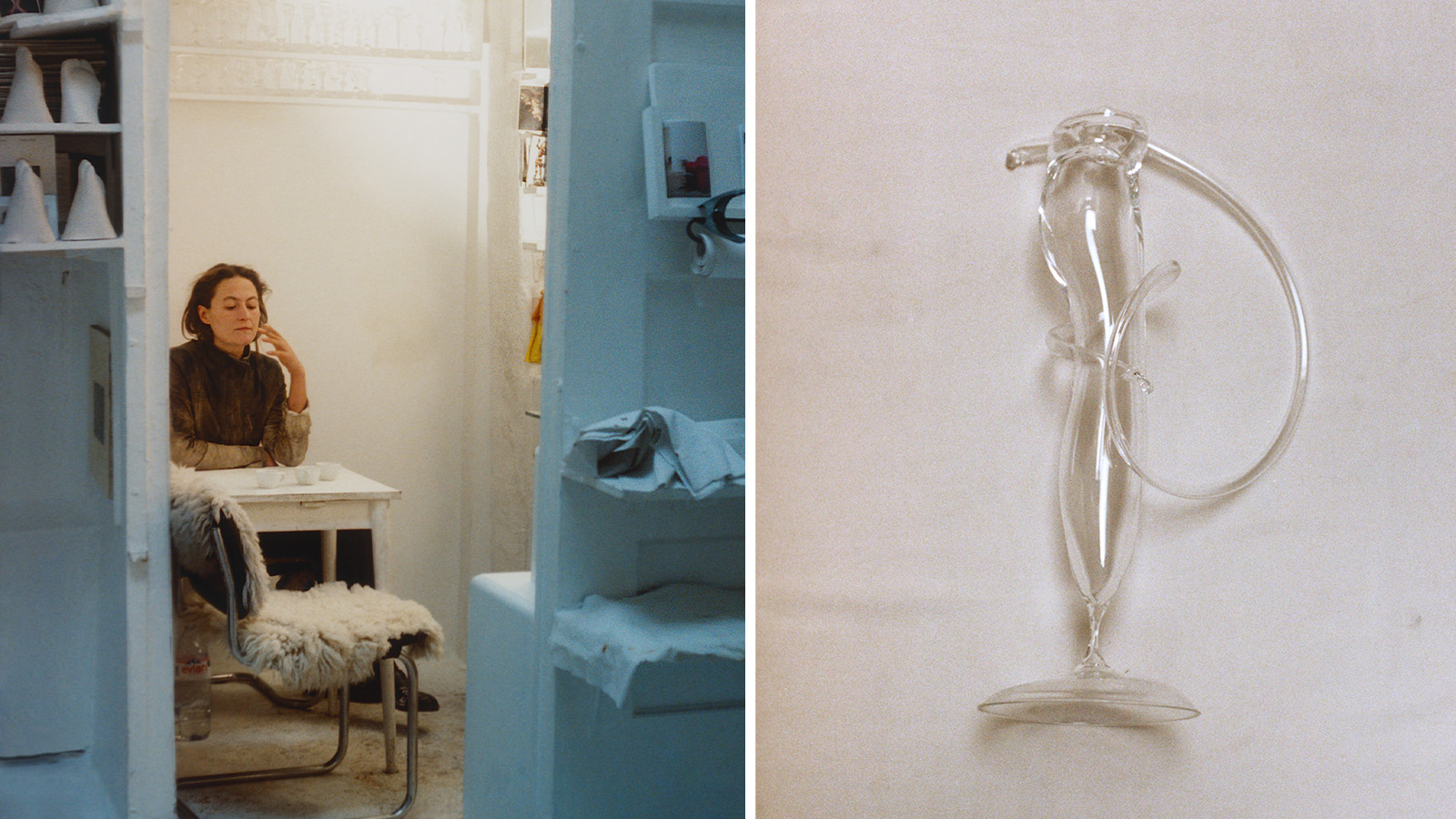 ‘I began experimenting and haven’t really stopped,’ Miranda Keyes on working with glass
‘I began experimenting and haven’t really stopped,’ Miranda Keyes on working with glassIn a rapidly changing world, the route designers take to discover their calling is increasingly circuitous. Here we speak to Miranda Keyes about her forging her own path to success
By Hugo Macdonald
-
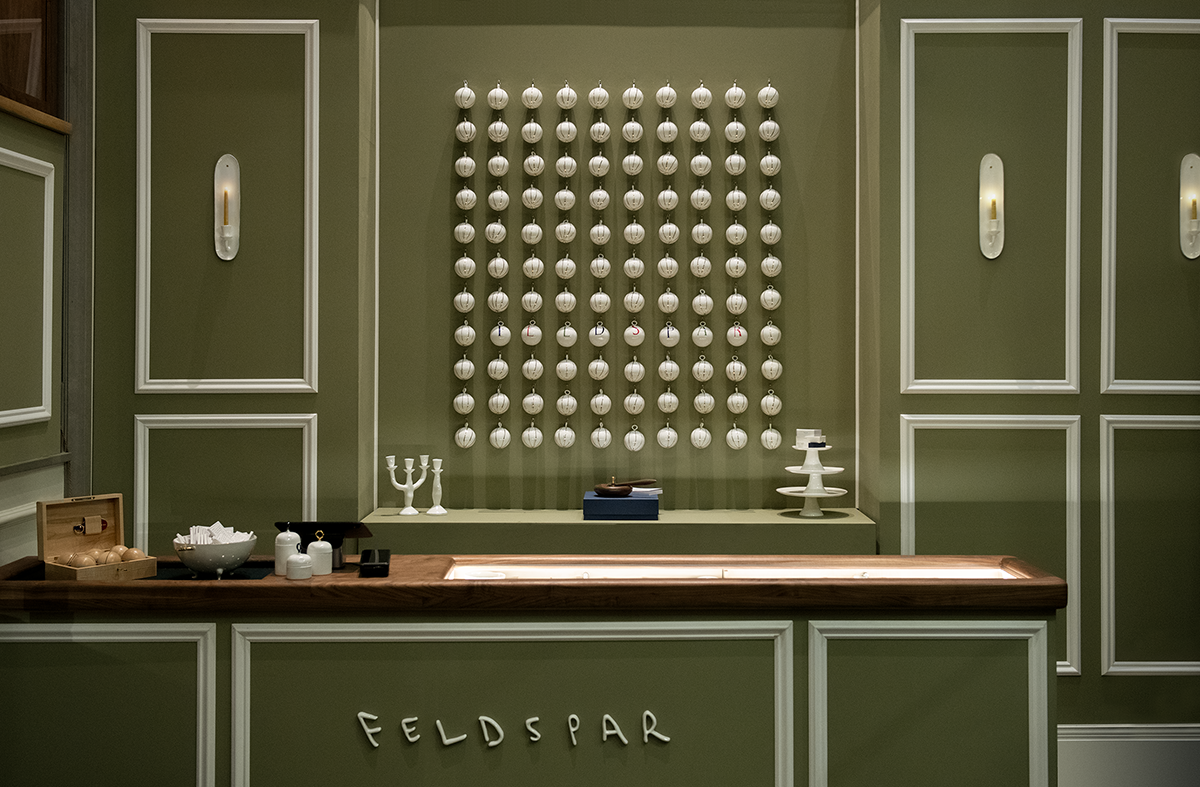 Feldspar makes its mark on Whitehall with a festive pop-up at Corinthia Hotel
Feldspar makes its mark on Whitehall with a festive pop-up at Corinthia HotelDevon-based bone china brand Feldspar makes its first foray into shopkeeping with a pop-up at London’s Corinthia Hotel. Ali Morris speaks with the founders and peeks inside
By Ali Morris